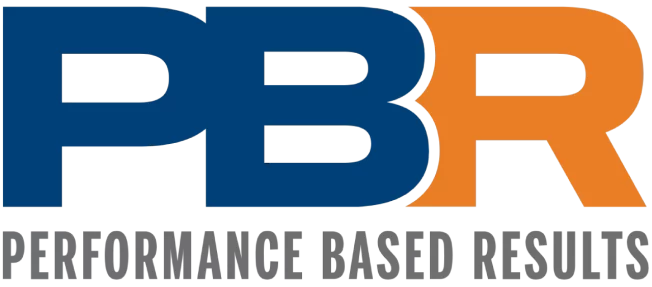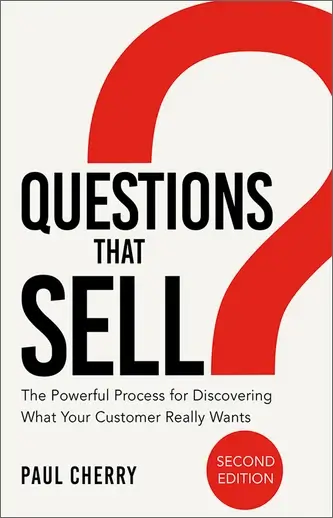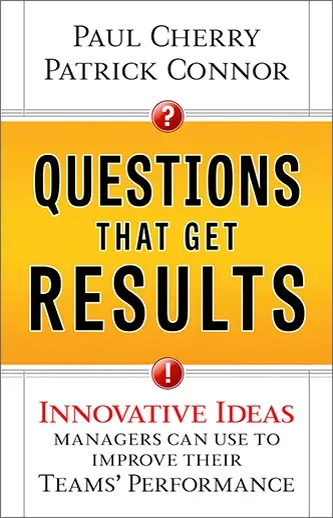The lock-on sales question is a powerful tool that allows you to get customers to open up quickly. Instead of becoming bogged down in superficialities, the conversation reveals facts and experiences that really matter. You can use this information to better understand the customer’s emotions, beliefs and values.
A leading research firm has found that customers don’t verbalize their real concerns and problems 80 percent of the time. In other words, most of our time with customers is spent talking about the wrong stuff!
It’s not that customers intentionally try to mislead you. It’s simply human nature to try to conceal issues that might reveal vulnerability.
Here’s why lock-on questions work: Though people avoid revealing their vulnerabilities directly, they often drop verbal hints about their true state of mind. It’s as if they’re saying: “If you can show me that you’re listening carefully enough to pick up on these clues, then I’m willing to trust you.” The lock-on question shows you’ve listened well, and at the same time allows you to direct the customer’s attention to a particular point, allowing you to move toward a solution quickly.
More
Another benefit of the lock-on question is that it helps customers clarify their thoughts and feelings. Oftentimes in conversation customers will use words and phrases such as quality, partnership and streamlining the process without really defining them. Lock-on questions prod customers to articulate their problems and expand on their ideas.You begin by inviting the customer to talk about his or her situation. You’re listening for words that suggest underlying emotions.
For example:
Customer: We’ve been trying to get this project off the ground for several months.
Lock-on question: I noticed you said the word trying. What’s worked so far and what hasn’t?
Trying is the key word to focus on in this example. It suggests some frustration at not being able to reach a goal.
Another example:
Customer: I’m looking for a partner, not a vendor.
Lock-on question: Could you give me some specifics of what you mean when you say partner?
One more example:
Customer: My company has been experiencing problems with our current vendor and we’re looking for someone new.
Lock-on question: Can you give me an example of the problems you’ve been experiencing?
The power that comes from asking for examples cannot be overemphasized. A customer who reveals a past problem re-experiences the emotional trauma of that problem.
In all of these examples, the salesperson is alert for words that suggest emotions. Other words and phrases include: dealing with, concerns, hopeful, seeking, doubts, challenges and having difficulties. These words and others like them suggest that a customer’s needs are not being met completely.
Lock-on questions are powerful, so you have to use them sparingly. A conversation peppered with lock-on questions would seem false and uncomfortable and could make customers feel they’re being interrogated. And owing to their personal nature, these questions shouldn’t be used too early in the relationship; otherwise, you may come across as insincere or even sarcastic. Use lock-on questions only after you’ve established some degree of rapport and empathy with the customer.
More
If you feel the questions are too direct, you can use buffer statements to preface them.
For example:
“Help me understand…”
“Would you mind…”
“Could you clarify for me…”
The beauty of lock-on questions is that you’re guiding the conversation without strong-arming customers. They’re the exact opposite of manipulative, high-pressure sales “questions” (“What do I have to do to get your business today?”). They’re not about the salesperson’s agenda; they’re about understanding the customer’s needs. They’re a powerful tool, easily mastered, and useful in just about every kind of sale.






